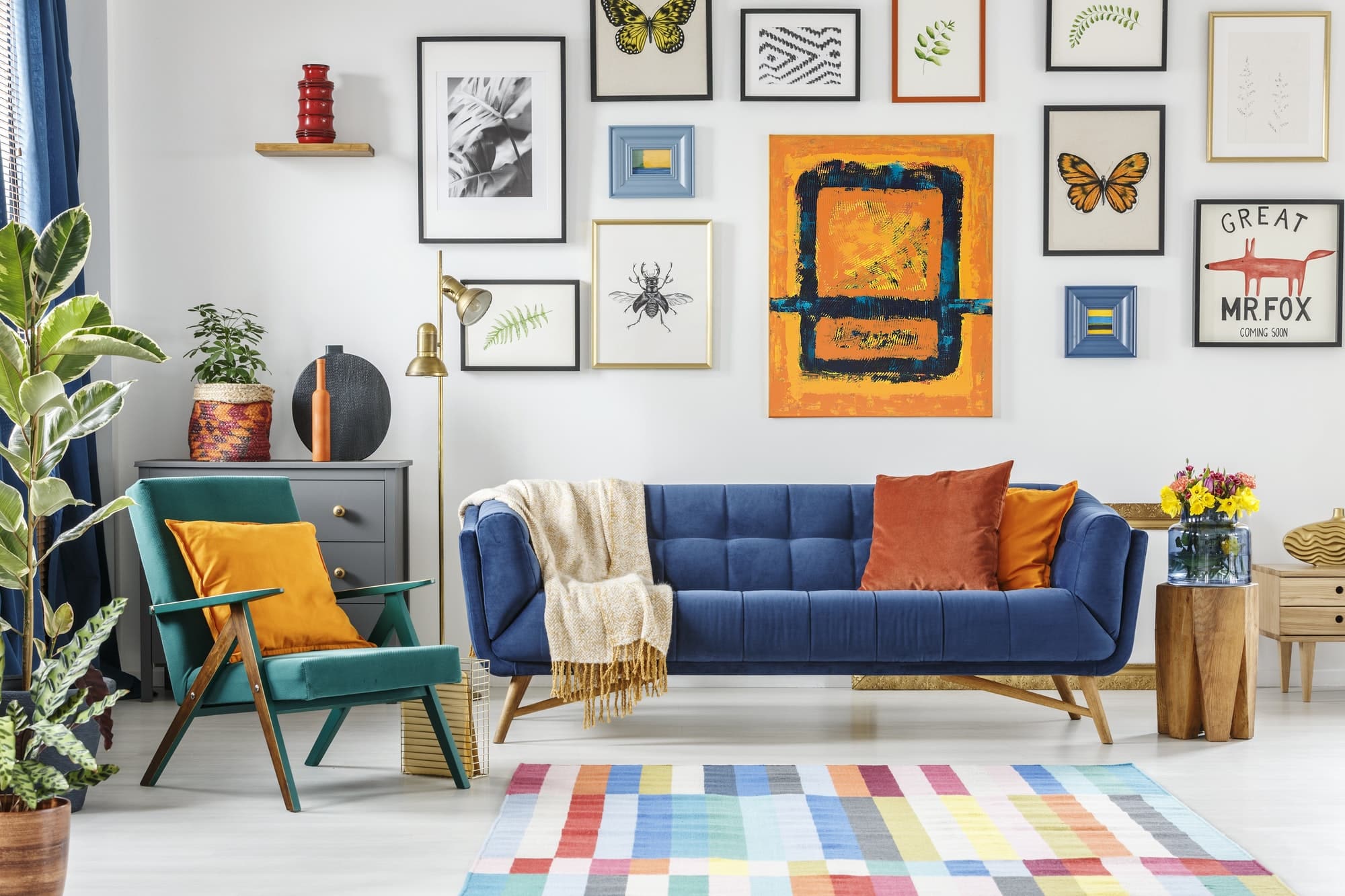In the past, it was quite common for multiple generations of a family to share a single home. Today, this practice, known as multigenerational living, is experiencing a resurgence. As families become more blended and diverse, the need for a house capable of accommodating all members comfortably and with proper privacy, is on the rise. Yet, the unique challenge here is in designing spaces that can meet the different needs of each family member.
Creating Shared Spaces
When designing a multigenerational house, shared spaces are crucial. These areas are where family members of all ages can come together to interact, bond, and create shared memories. The most common shared area in any home is the kitchen, and it should be designed with everyone in mind.
Sujet a lire : How to Use Biometric Technologies to Enhance Security in Luxury Real Estate?
A well-thought-out kitchen design will ensure that all family members can use the kitchen comfortably and safely. For instance, lower countertops or pull-out cabinets can be installed for younger members or those with mobility issues. Likewise, durable and non-slip flooring is also a good addition for the safety of all users.
Similarly, the living room is another essential shared space in a multigenerational home. When designing this space, consider the activities that will typically take place here. Ensure there’s a comfortable and ample seating arrangement for everyone, including a rocking chair for the aged, floor cushions for the little ones, and a comfortable couch for the rest of the family.
Dans le meme genre : What Are the Best Practices for Creating a Real Estate Investment Fund Targeting Green Buildings?
Designing Private Spaces
While shared spaces facilitate family bonding, private spaces provide the much-needed personal retreat for individual members. Designing these areas with the comfort and privacy of each family member in mind is crucial in a multigenerational house.
For older family members, a bedroom on the ground floor can help avoid the difficulty of climbing stairs. Equally, ensure the room’s design is clutter-free, with plenty of natural light and with safety features such as grab bars in the bathroom, non-slip mats, and adequate lighting.
Meanwhile, for younger family members, their rooms should be a place of comfort, creativity, and learning. Consider designing these spaces with a study area, a play area, and plenty of storage for toys and books.
Flexible Living Areas
As time passes, the needs of each family member will inevitably change. Designing spaces that can adapt to these changes is a sound investment when creating a multigenerational house.
For instance, an additional room on the ground floor might initially serve as a playroom for young children. However, this room can later be converted into a bedroom for aging parents or a home office as the family’s needs change. Thus, when designing these flexible rooms, consider future uses and ensure that the spaces can be easily transformed without major renovations.
Spaces for Interaction and Recreation
Spaces that promote interaction among family members are also vital in a multigenerational home. These spaces provide opportunities for family members to engage in recreational activities together, fostering a stronger bond between generations.
Outdoor spaces, like a backyard or a patio, can be transformed into a recreational area with a playground for children, a comfortable seating area, and even a small vegetable garden that everyone can tend to. Inside the house, consider creating a common entertainment or gaming room where family members can enjoy movie nights or play games together.
Integrating Accessibility Features
Multigenerational living requires careful consideration of accessibility for all family members. Integrating features that cater to the needs of the elderly, the young, and those with mobility issues will greatly enhance the home’s functionality and comfort.
For example, wider doorways and hallways will not just make it easier for a stroller to pass through, but also for someone using a wheelchair. Additionally, installing lever handles instead of doorknobs, using easy-to-read thermostats, and providing sufficient lighting in all areas of the house are all small changes that can make a significant difference in the lives of all family members.
In conclusion, designing a home for multigenerational living may seem challenging, but with careful planning and consideration for the needs of all family members, it’s possible to create a space that is comfortable, functional, and inclusive for everyone.
Adapting to Changing Needs with Universal Design
As families grow and evolve, our homes must adapt to meet the changing needs of multiple generations under one roof. Architectural and interior design principles can facilitate this by implementing a universal design approach, which aims to create environments that are inherently accessible to older people, children, and individuals with disabilities.
In a multigenerational house, universal design can be applied in various ways. For instance, a zero-step entrance to the house is an excellent feature that benefits everyone, from the toddler on a tricycle to the grandparent with a walker. Adjustable height countertops and adaptable storage systems can also accommodate family members of various ages and abilities.
Moreover, universal design encourages the creation of flex rooms. These spaces can easily transform from a children’s playroom to a teen’s study area, a guest bedroom, or even a senior-friendly exercise room, as the family’s needs change over time. This approach to house plans not only optimizes the use of space but also adds value to the home by adjusting to the various life stages of its occupants.
Floor coverings and furniture choices also fall under the umbrella of universal design. Opt for durable, slip-resistant flooring and furniture with rounded edges to reduce the risk of accidents. Also, consider using contrasting colors for different surfaces to help those with visual impairments navigate the house more easily.
Simplifying House Maintenance
When multiple generations live together, maintaining the house becomes a shared responsibility. Therefore, it’s crucial to design the home in a way that simplifies the upkeep and makes it manageable for all family members.
For instance, incorporating easy-to-clean materials and finishes in the kitchen and bathrooms can make cleaning tasks less arduous. Similarly, selecting furniture with washable and removable covers can make it easier to maintain a clean and hygienic living space.
The exterior of the house also requires attention. Opt for low-maintenance landscaping by using native plants that require less watering and care. Consider installing automatic sprinklers and drip irrigation systems to reduce the amount of time spent on yard work. In addition, choose exterior materials that are durable and resistant to weather and time, such as brick, stone, or fiber-cement siding.
In conclusion, multigenerational living presents a unique set of challenges in terms of home design. However, with thoughtful planning and an open mind, it’s entirely possible to create a home that meets the needs of all family members, respects their privacy, and fosters a sense of community. The goal is to create a living space that is not only functional and safe but also warm and welcoming, making the house truly feel like a home for everyone under its roof.
















